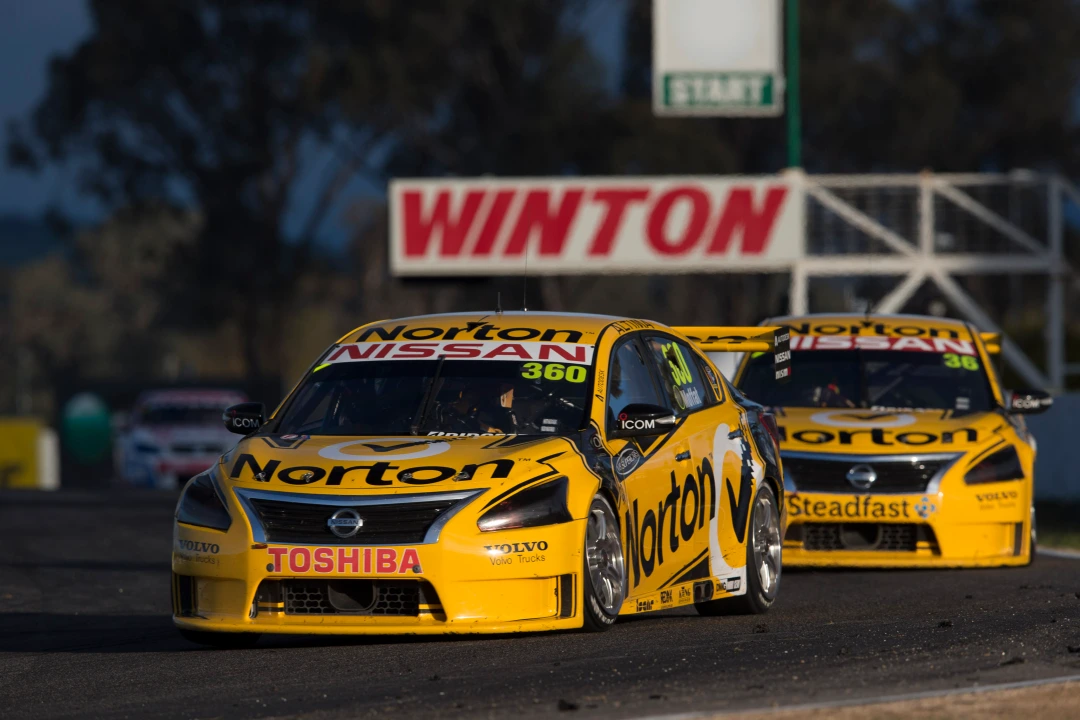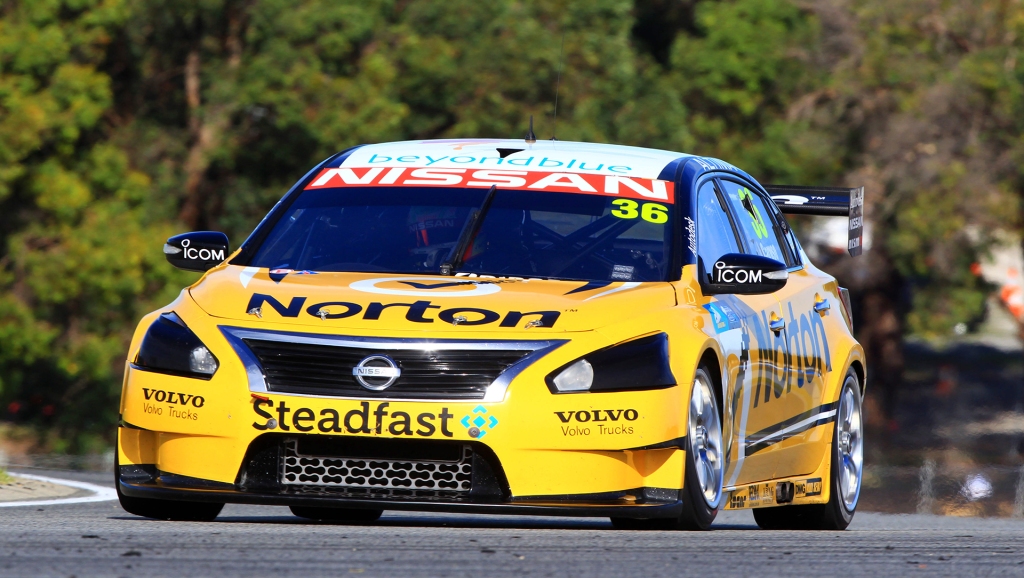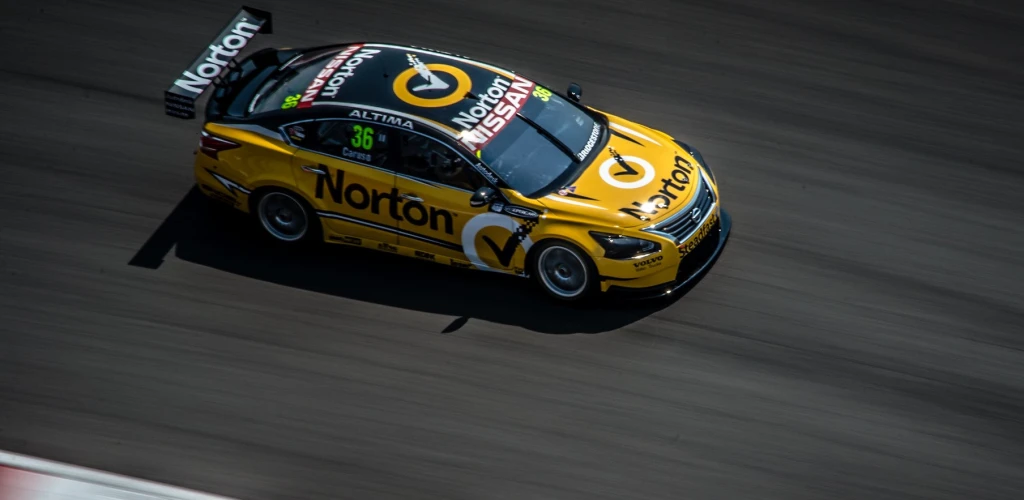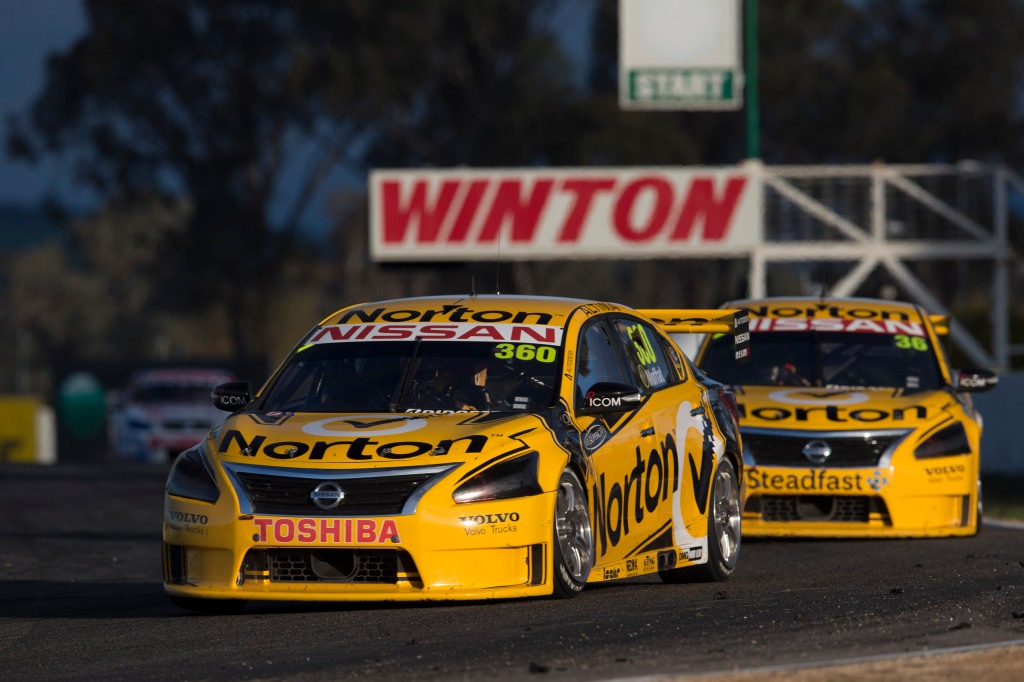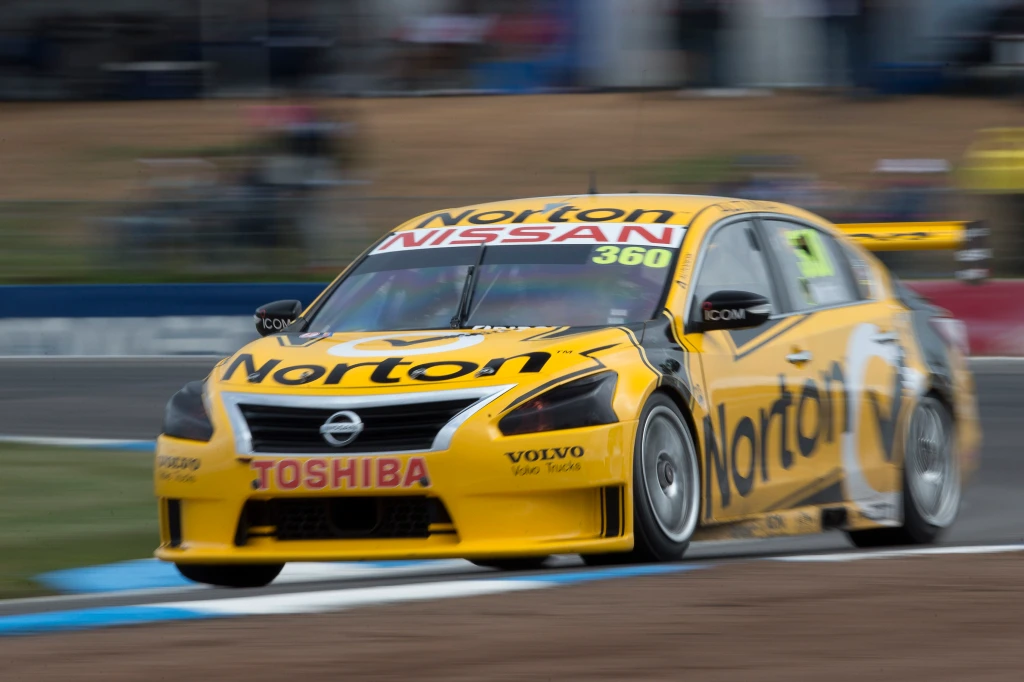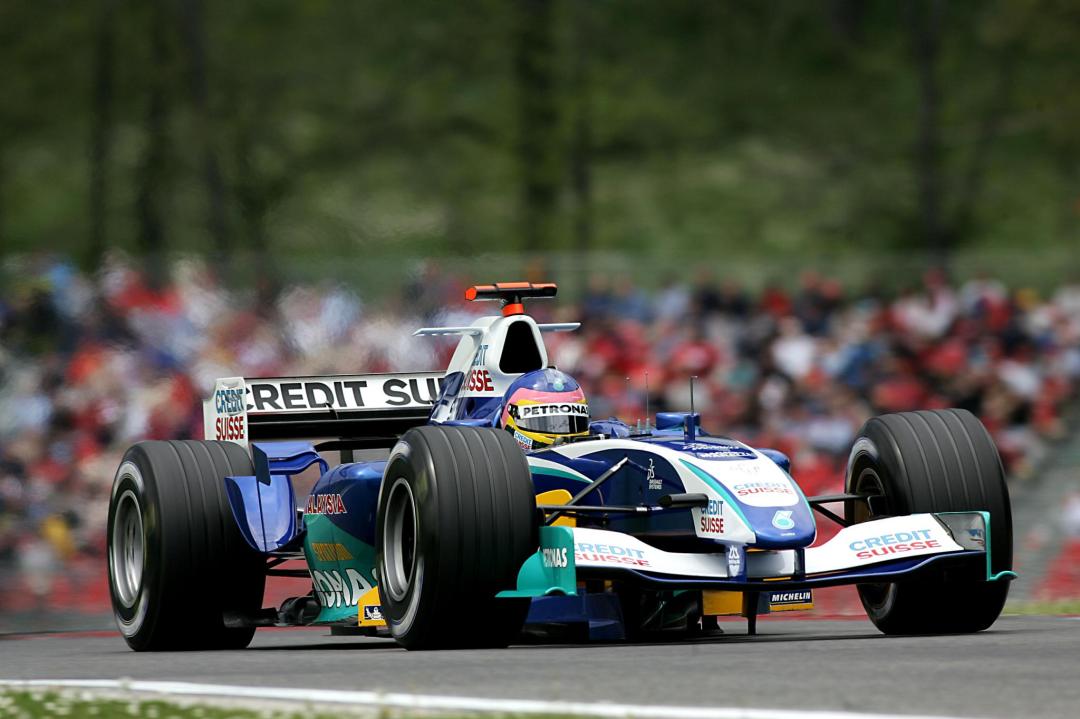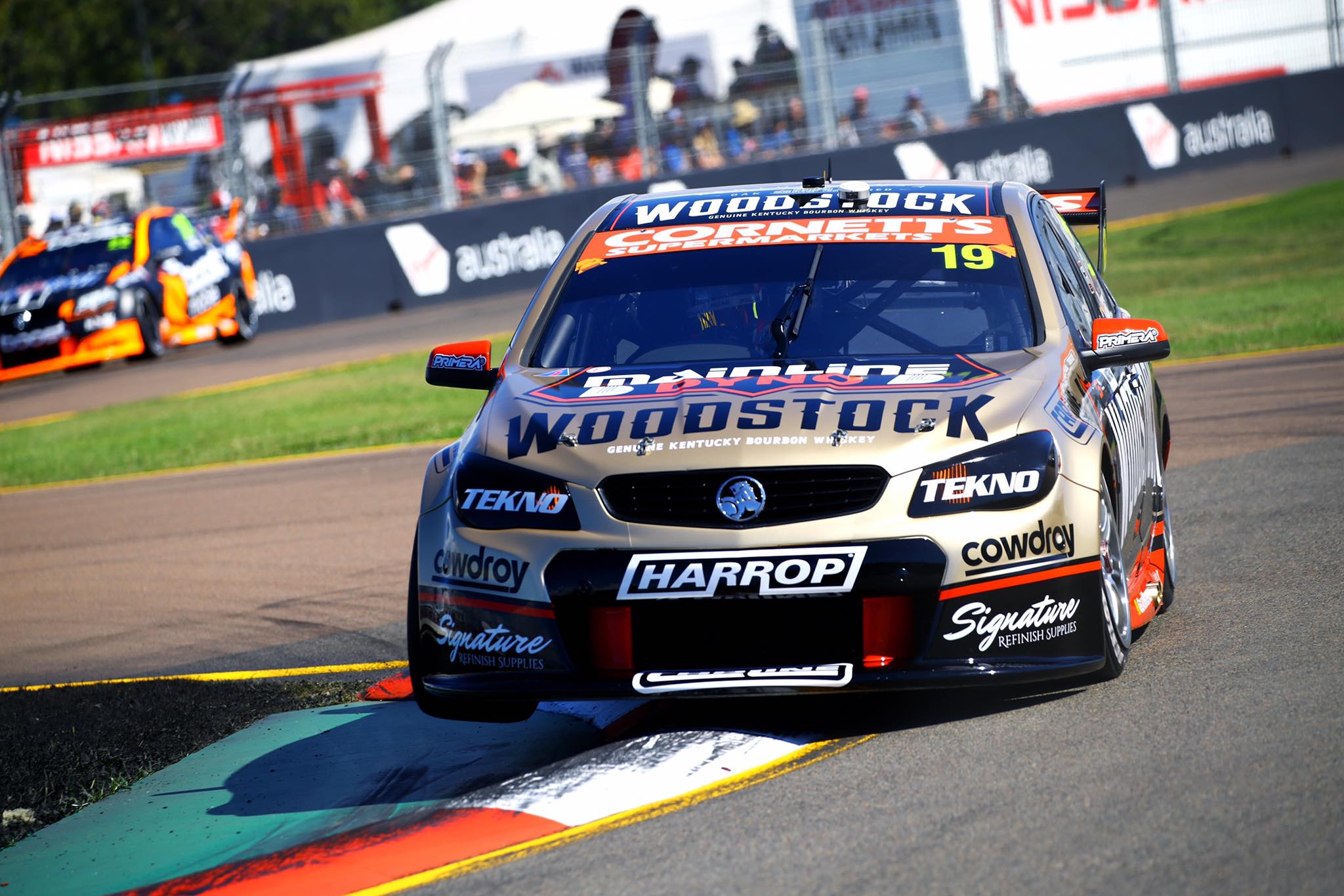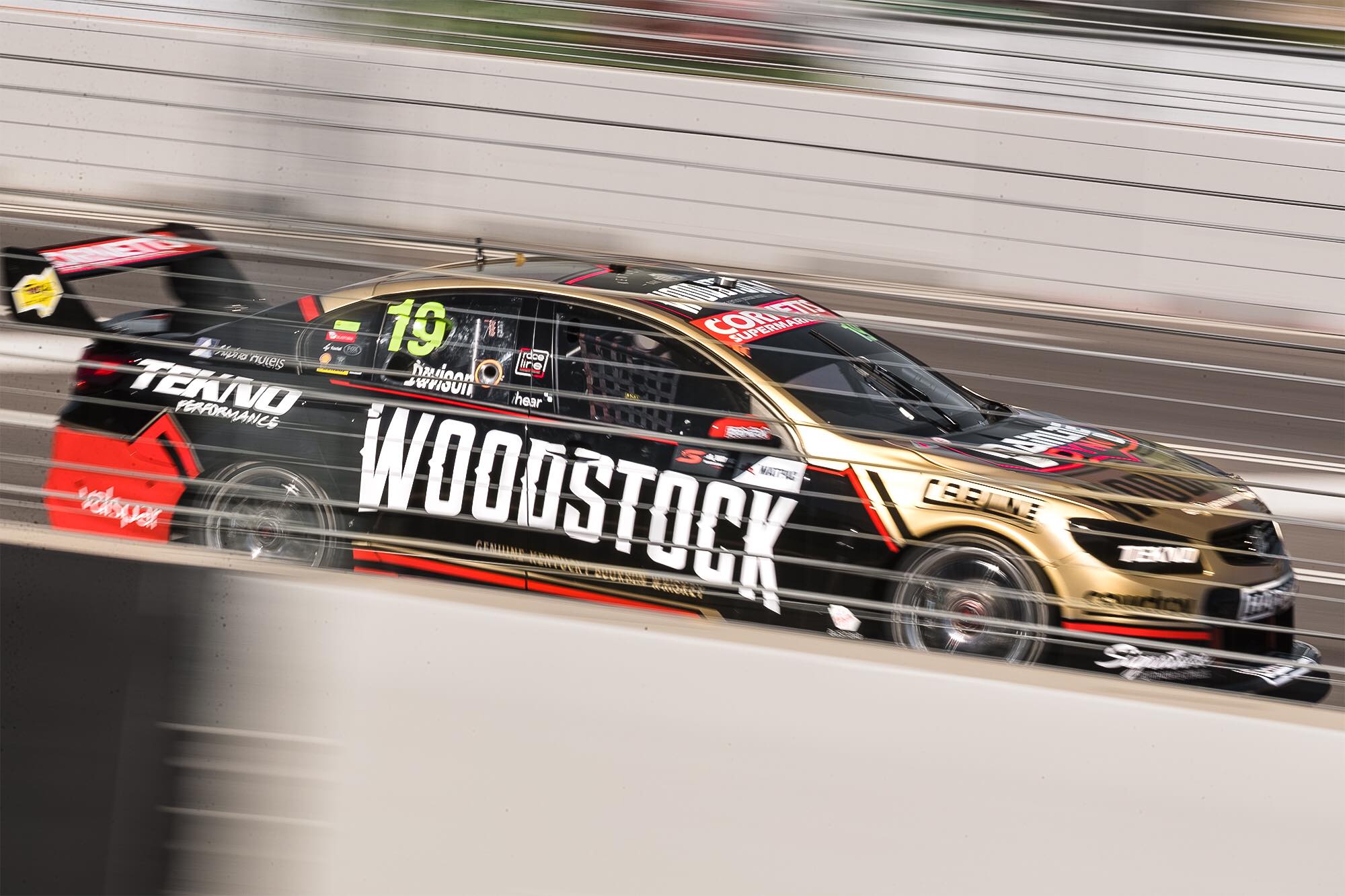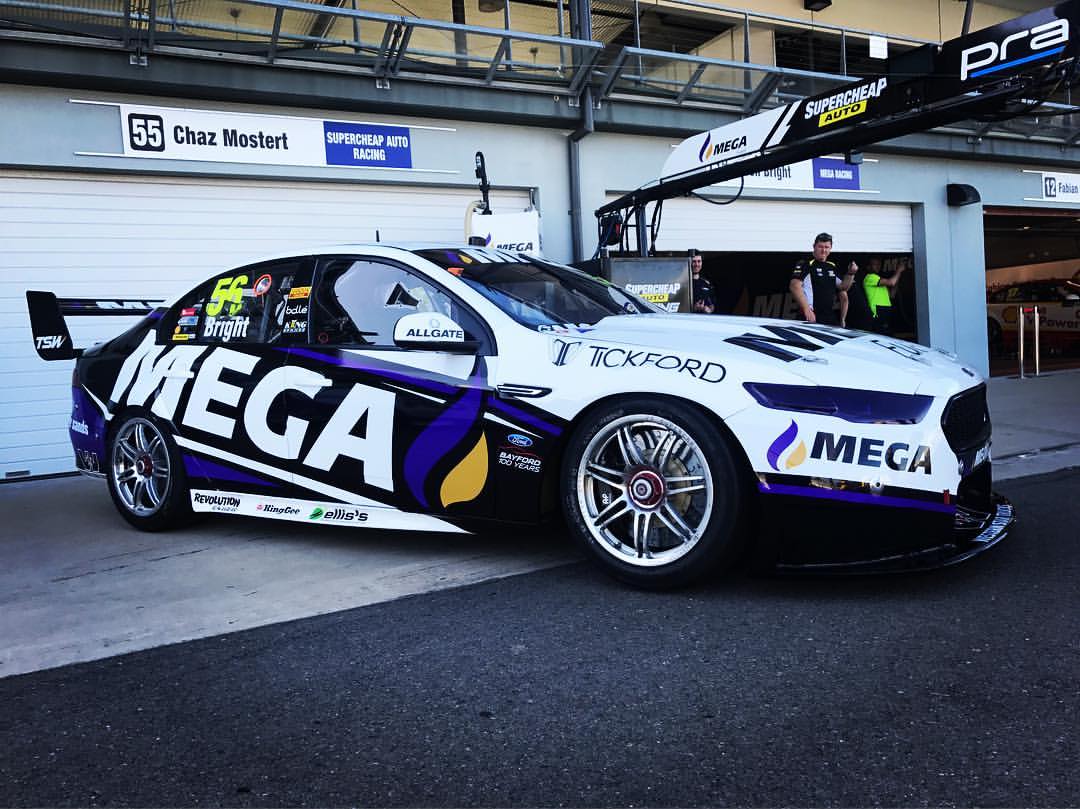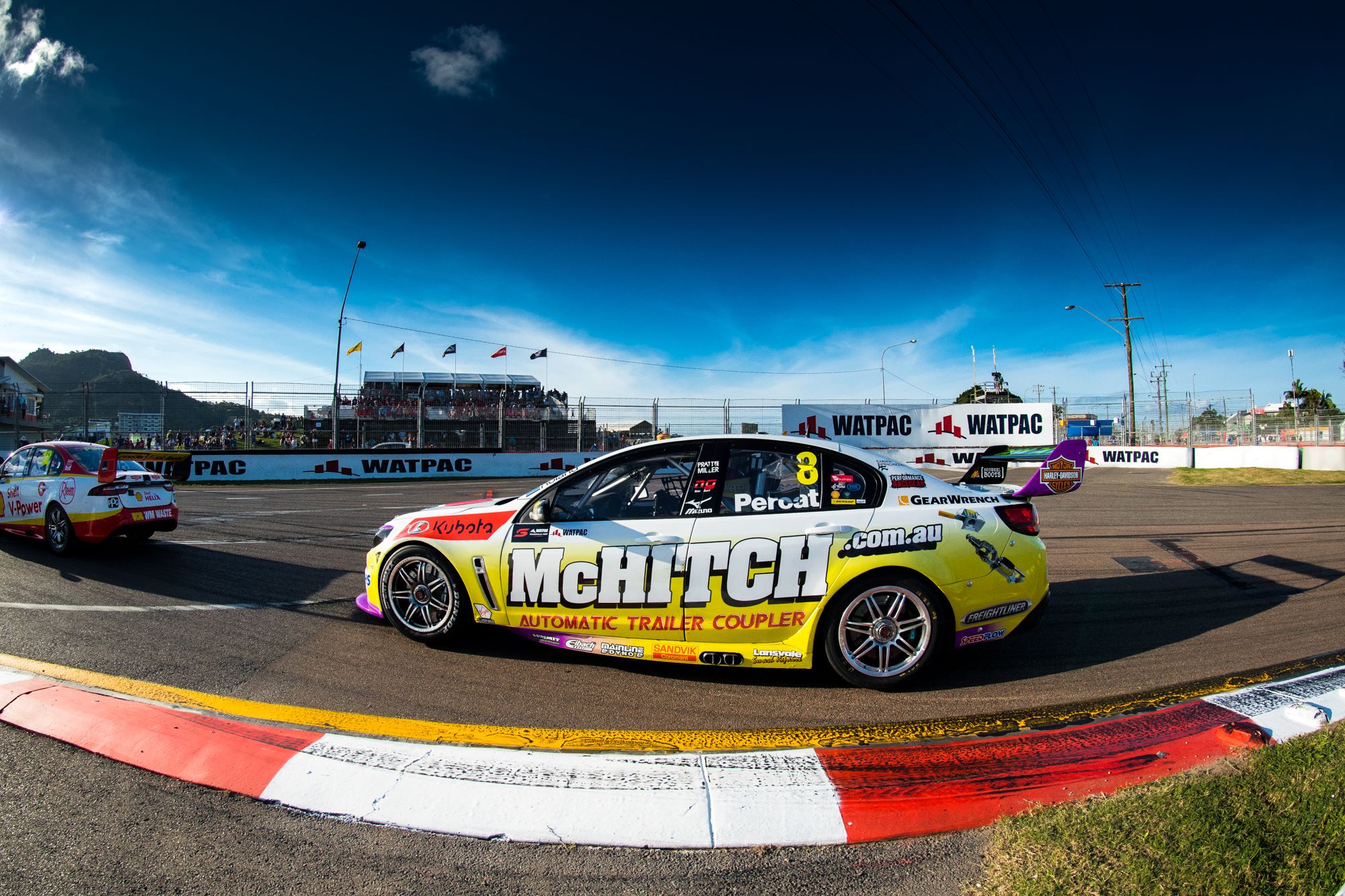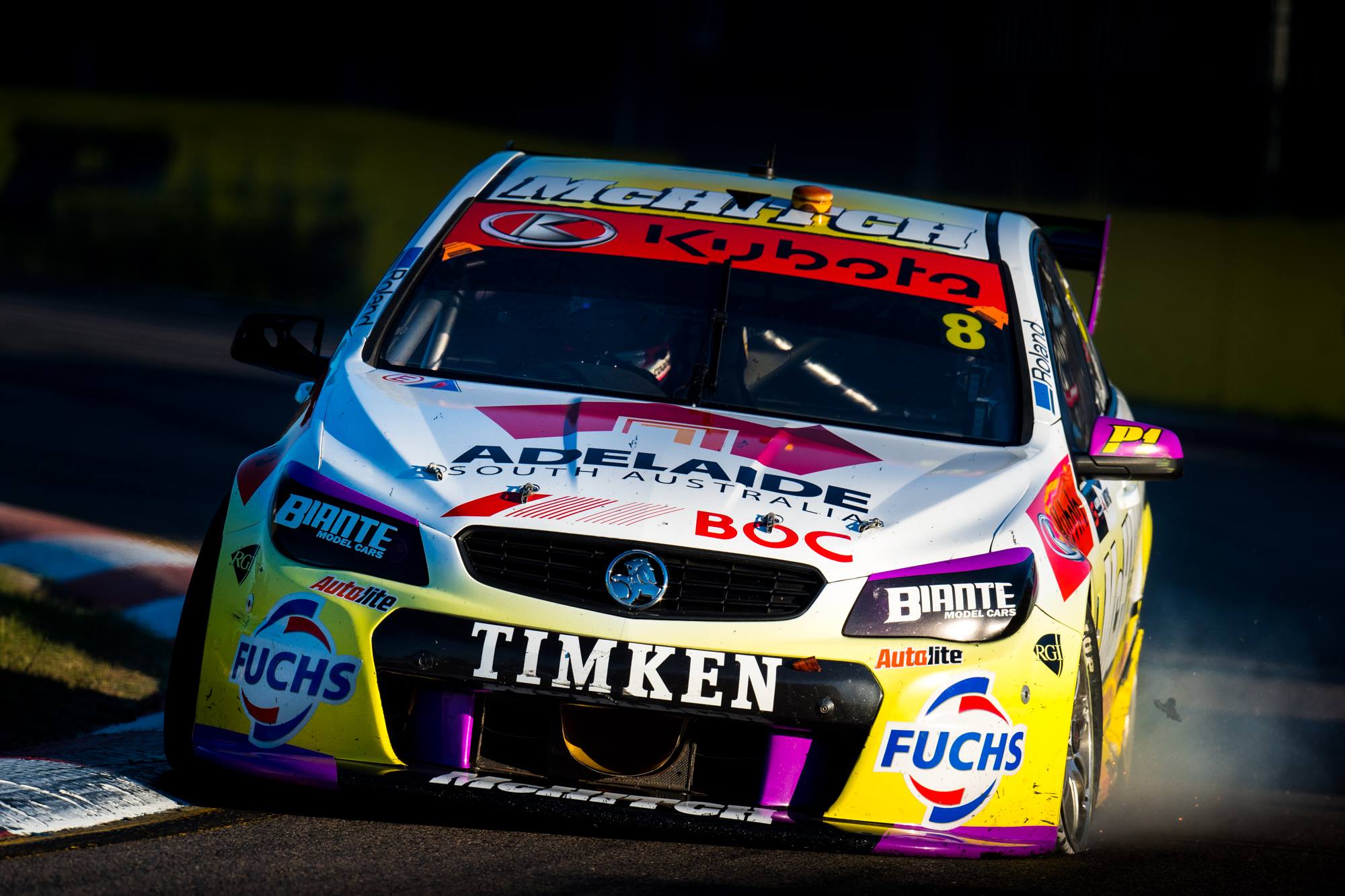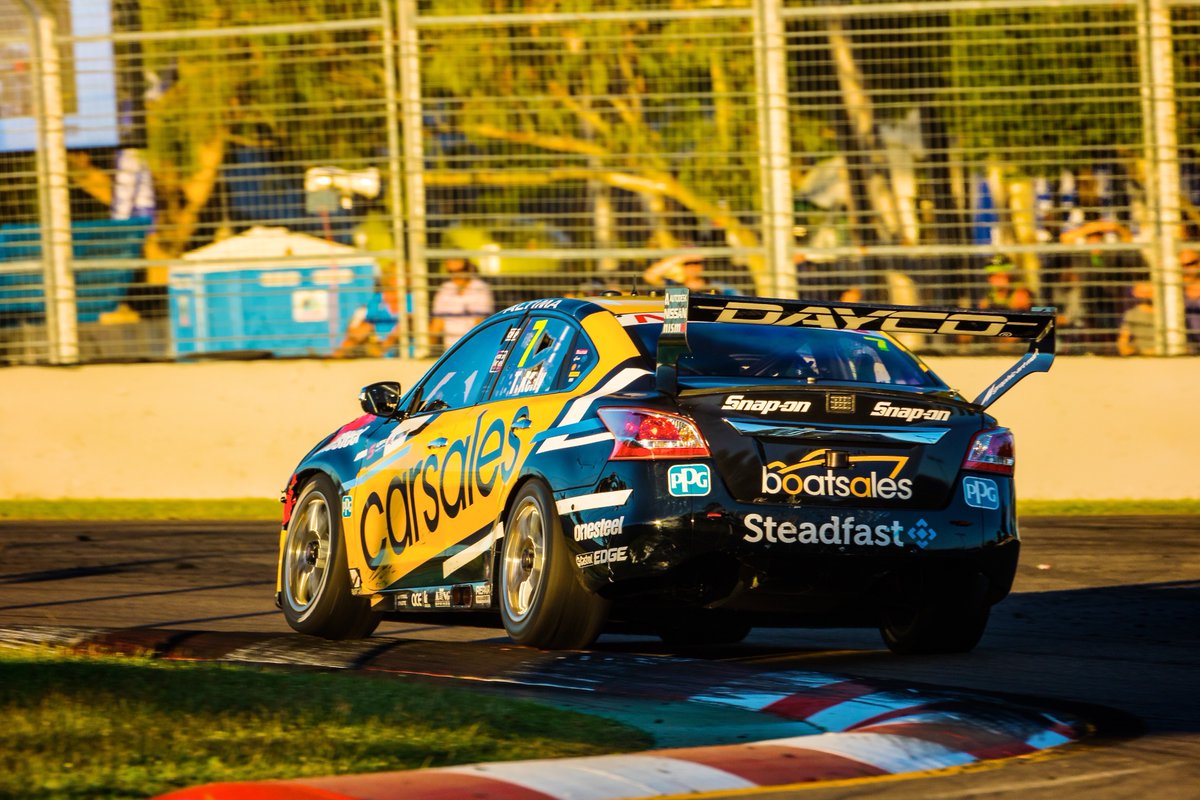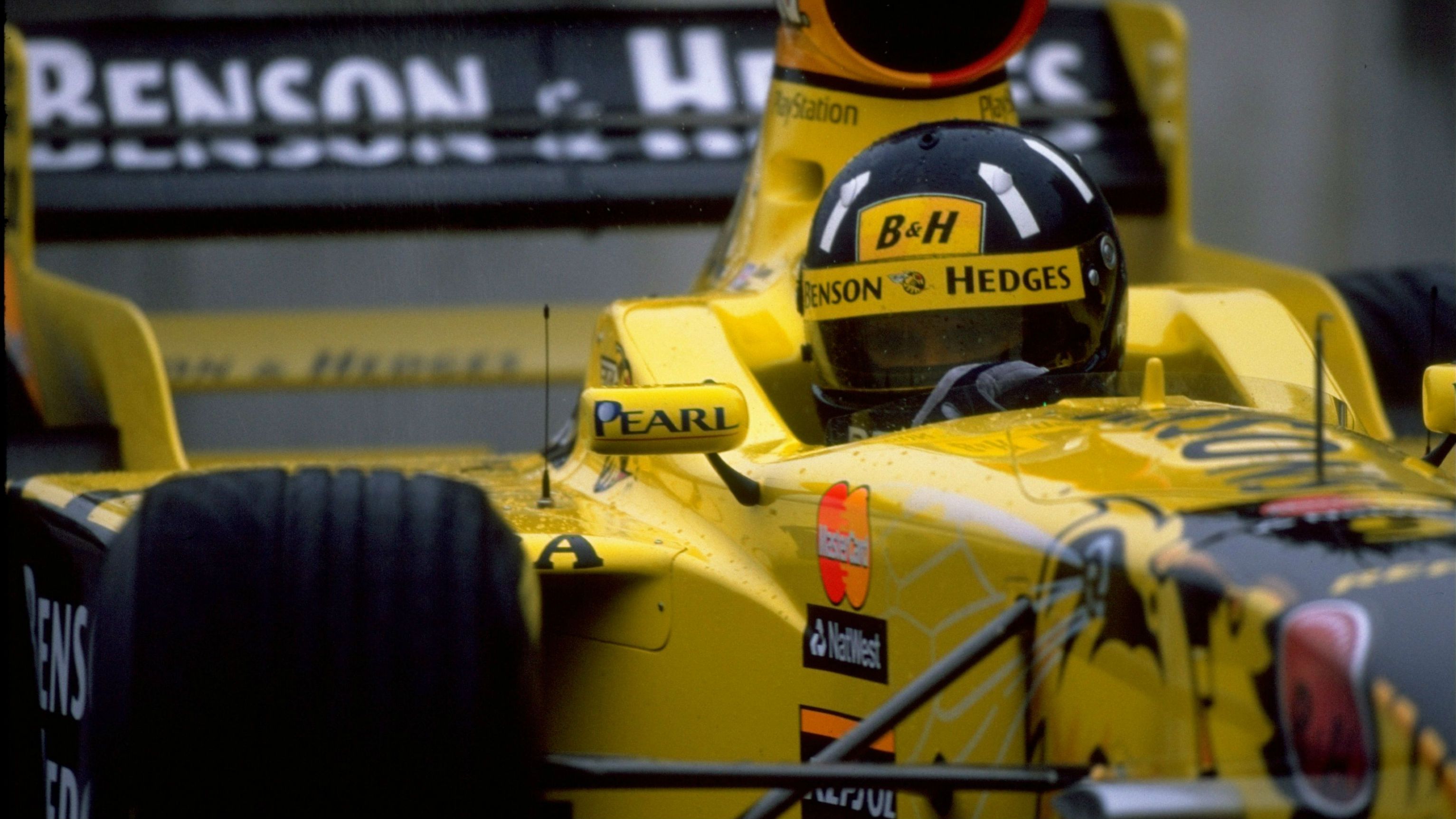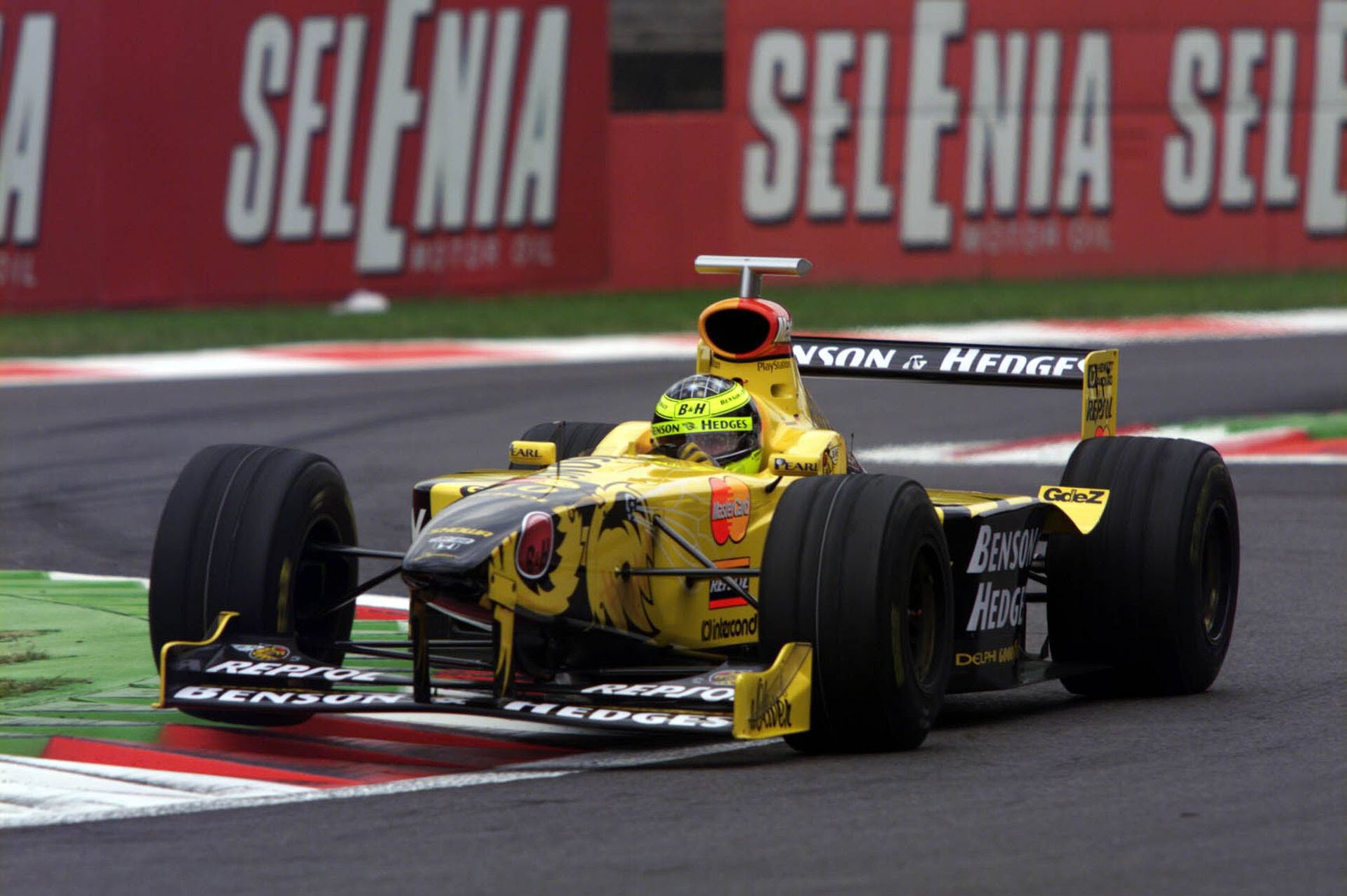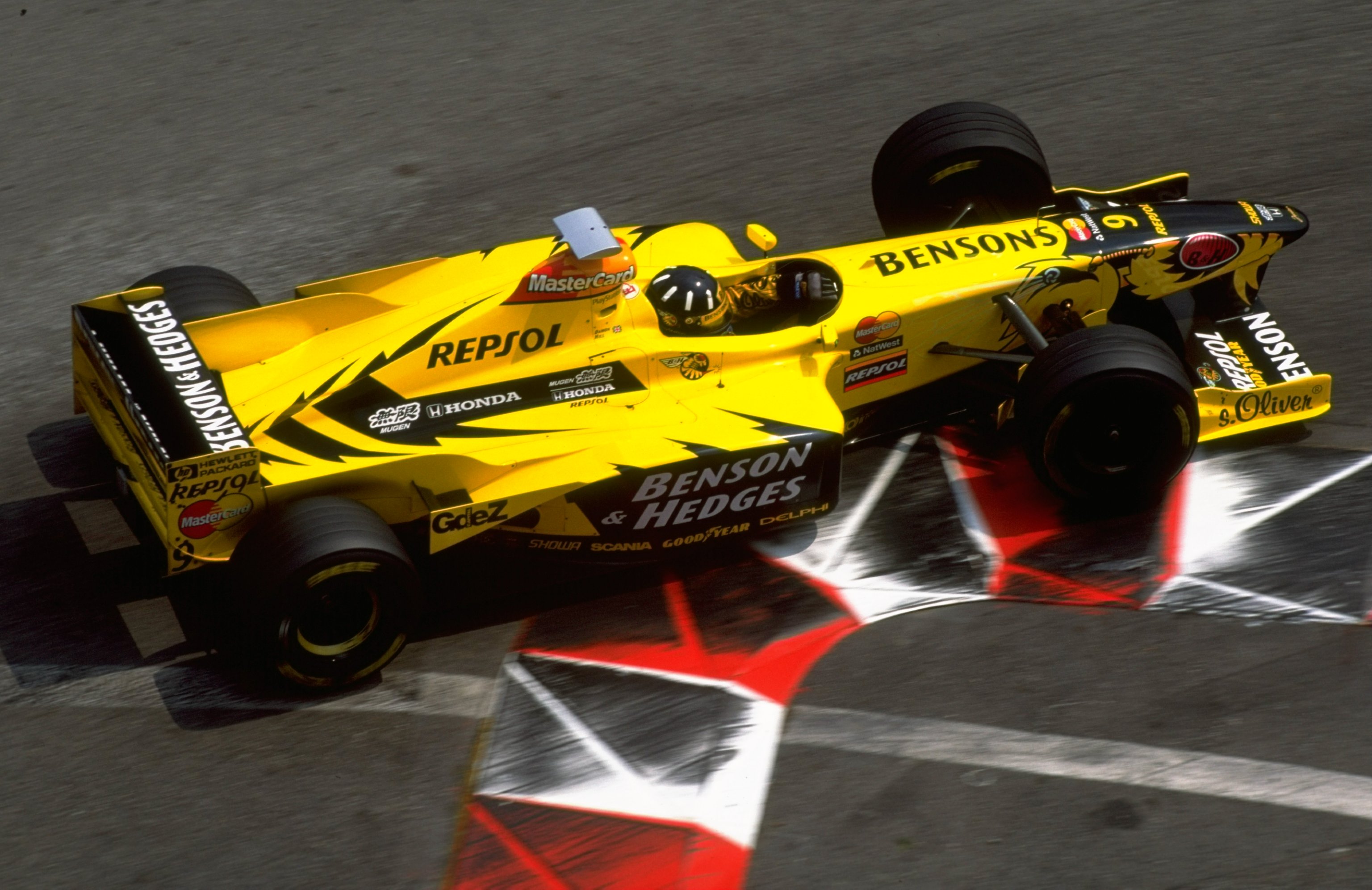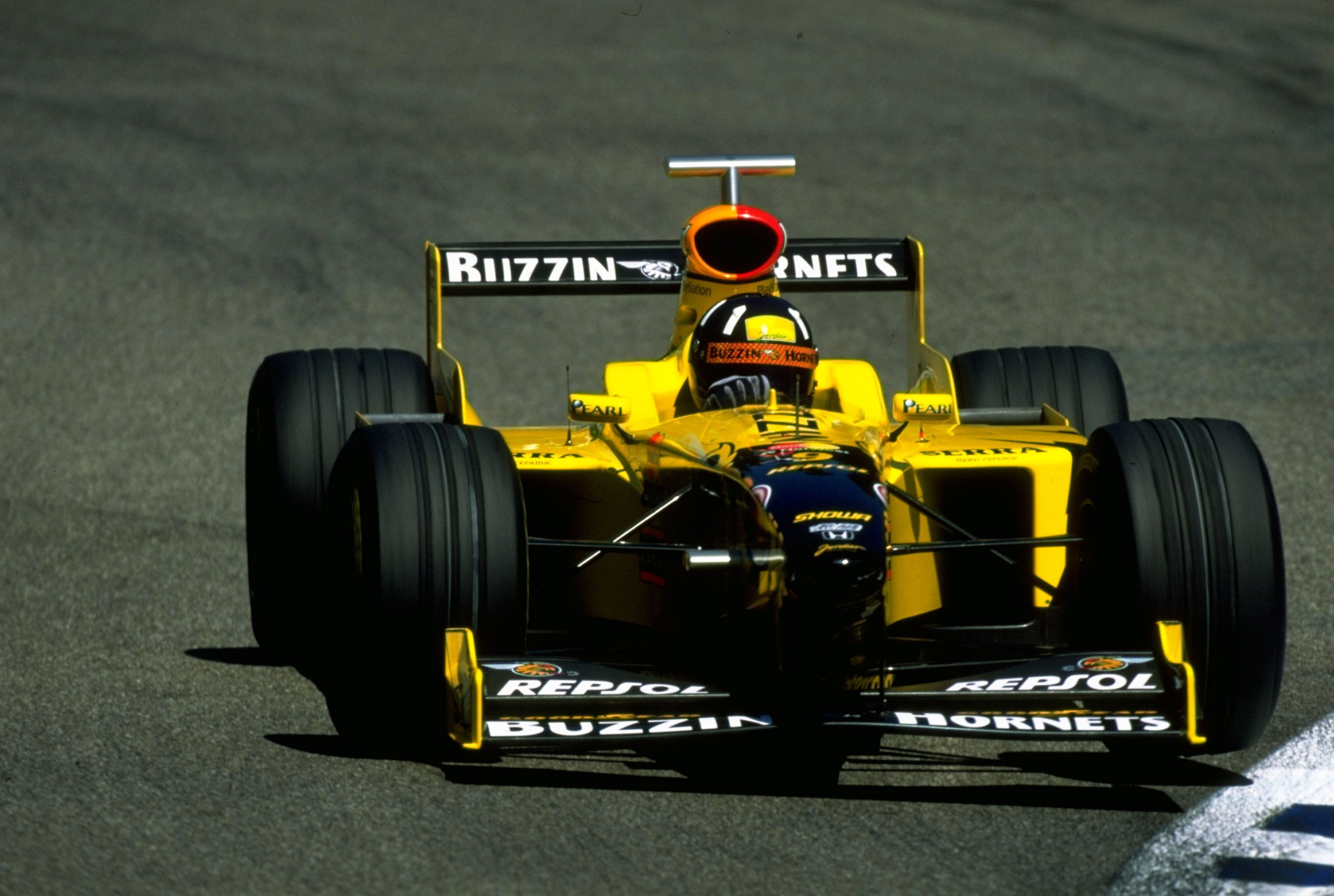The Arrows Formula 1 team was a perennial under performer, amassing a grand total of 1 pole, 8 podiums and 0 wins across 19 seasons in the sport. However, if you could hand out wins by livery, Arrows would have been World Champion many times over. Despite lack of on track success, the sponsors, colours and designs were more often than not just winners, but some of the best of all time.

Through their first four seasons in the sport, Arrows wore Warsteiner sponsorship on their cars. For the most part they used a bright, metallic shade of gold, but it was when the gold was paired with the 1979 A2 that the livery became truly memorable. The ambitious design was an attempt at wingless ground effect, but ultimately wasn’t competitive and lasted merely a half season.

The curvy, sweeping chassis formed a beautiful and unique template for the design, which for the most part is simply Warsteiner’s powerful gold. Whilst gold had already been used very successfully by Lotus on their JPS livery, this livery showed us you can cover an entire car in gold and it could look awesome.

That’s not to say it’s purely gold. There is a small black section neatly curving from in front of the cockpit all the way to the exposed engine bay, with a thin pinstripe perfectly suited for the era. The logos are also placed nicely on appropriate sections of the bodywork, and the large numbers look fantastic, matching the Wartseiner font perfectly.

I’m usually an advocate for warmer shades of gold on motorsport liveries, but when that gold is the majority colour, it is able to reflect so much more light, so a cooler shade isn’t an issue. The car was spectacular visually and that isn’t all down to the colour, it’s a perfect example of how a livery can’t be beautiful all on its own.

As you can see above, the same Warsteiner livery was retained and adapted to the 1980 Arrows A3, and yet, it’s nowhere near as good. The A3 was a much more traditional of-the-era car design, losing all the flowing curves the A2 flaunted so beautifully. The livery itself can’t make up for it. That’s how a feel about the current generation of Formula e cars – the car shape is a little ugly, so regardless of how nice each team’s livery is, they struggle to make up for those lost points.

So the 1979 Arrows A2 was a beautiful car, one of many Arrows designs that were absolutely fantastic. I’m sure it won’t be my last look at this memorable team!









